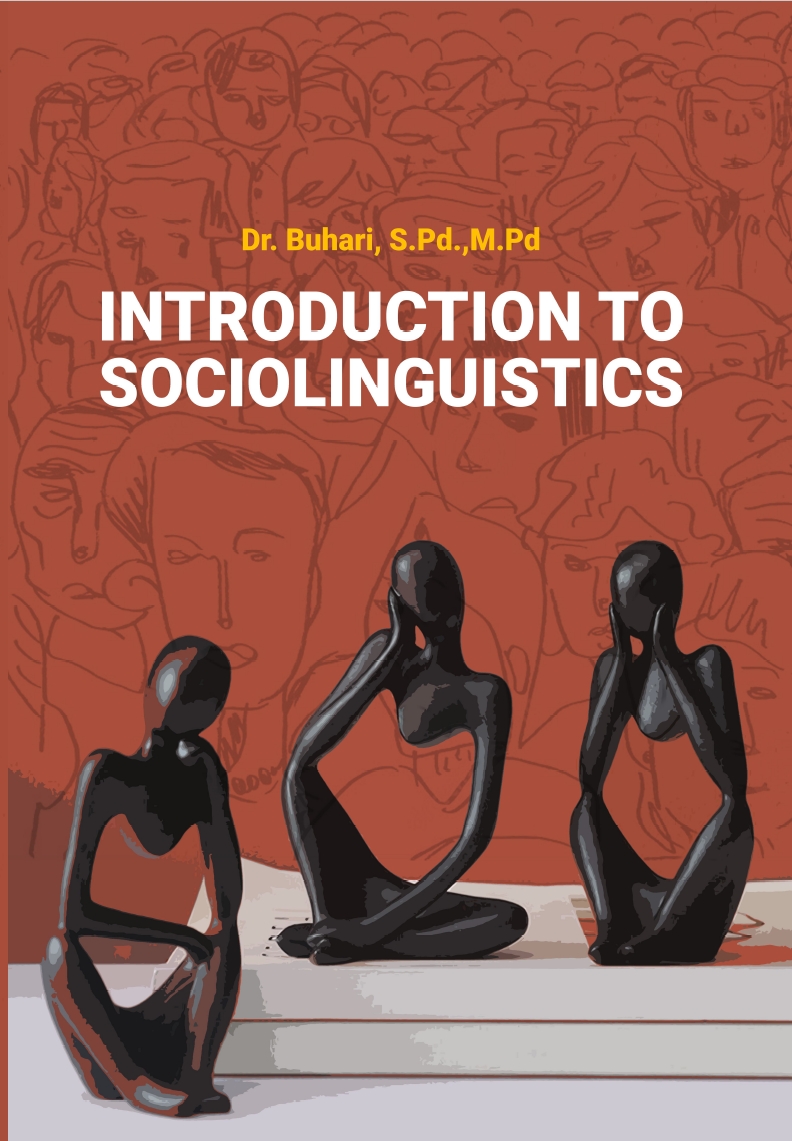

Most ebook files are in PDF format, so you can easily read them using various software such as Foxit Reader or directly on the Google Chrome browser.
Some ebook files are released by publishers in other formats such as .awz, .mobi, .epub, .fb2, etc. You may need to install specific software to read these formats on mobile/PC, such as Calibre.
Please read the tutorial at this link: https://ebookbell.com/faq
We offer FREE conversion to the popular formats you request; however, this may take some time. Therefore, right after payment, please email us, and we will try to provide the service as quickly as possible.
For some exceptional file formats or broken links (if any), please refrain from opening any disputes. Instead, email us first, and we will try to assist within a maximum of 6 hours.
EbookBell Team

5.0
90 reviewsIt also studies how language varieties differ between groups separated by certain social variables, e.g., ethnicity, religion, status, gender, level of education, age, etc., and how creation and adherence to these rules is used to categorize individuals in social or socioeconomic classes. As the usage of a language varies from place to place, language usage also varies among social classes, and it is these sociolects that sociolinguistics studies.
The social aspects of language were in the modern sense first studied by Indian and Japanese linguists in the 1930s, and also by Gauchat in Switzerland in the early 1900s, but none received much attention in the West until much later. The study of the social motivation of language change, on the other hand, has its foundation in the wave model of the late 19th century. The first attested use of the term sociolinguistics was by Thomas Callan Hodson in the title of a 1939 paper. Sociolinguistics in the West first appeared in the 1960s and was pioneered by linguists such as William Labov in the US and Basil Bernstein in the UK.